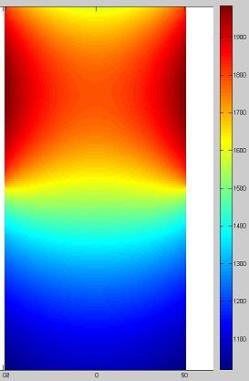I guess another way to look at it is that CFD code is not trying to apply any theory of lift. It simply follows around small masses of fluid as they interact with each other and applies well known laws of physics to those finite elements.
How heat moves from one cell to the next is exactly understood.
How mass moves from one cell to the next is exactly understood.
How internal molecular energy is traded for external kinetic energy for the mass of air is exactly understood. And so on.
You apply all of the above to each bit of air, add Newton's laws, and follow the air around.
Lift (and drag) naturally follow, they are not trying to be explicitly described or explained by your CFD model, they just follow. The air just moves around doing what air does and in the end your object is subject to lift (or whatever). How you explain in words (using Newton's laws or using Bernoulli) how the air movements resulted in lift is up to you. I personally prefer Newton, it is more intuitive to me. But CFD models don't care what I find intuitive, and physics even less so.
Maybe these links help:
Stop abusing Bernoulli
...Although Bernoulli's law is sound and well proven, this popular explanation, world-wide, of wing operation is false.
...As indicated in the above figure, air approaching the plate, such as a sheet of plywood, accelerates into the reduced above-plate pressure with increasing velocity, while air approaching below is slowed in the increased pressure, in accordance with Bernoulli. Thus faster upper surface flow can be described as a result of pressure difference rather than the cause of it. Bernoulli's "principle, "law" or "effect" states that velocity varies in inverse relation to pressure but does not assign cause-and-effect relation. Unfortunately a great amount of confusion has been generated by abuse of Bernoulli's law in erroneous cause-and-effect explanations.
http://www.allstar.fiu.edu/aerojava/airflylvl3.htm
Note that the never say Bernoulli is wrong.
Also note haw many words and things pushing things that push other things it takes to explain it in Newtonian language.
Rivals, not enemies.



